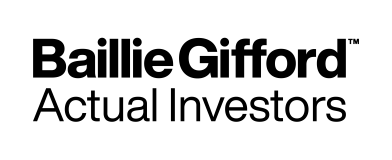An initial public offering (IPO) can be a watershed moment for many firms. However, that defining moment is often complicated by a degree of hype, particularly if the company has a high profile or if the flotation is controversial.
IPOs are often regarded as a goal for relatively small or young companies, but they are also undertaken by well-known and established companies who want to take advantage of the benefits that come with a public listing.
Many companies hold an IPO to generate cash, perhaps to invest in their business or to reduce existing debt. An IPO can help draw positive attention to the company, providing additional publicity that can, in turn, generate new customers and boost market share. They can also provide an opportunity for the firm’s founders to cash in on the company they created.
Nevertheless, a publicly listed company has to abide by stringent rules and regulations. Although this high level of accountability, reporting and disclosure can prove expensive and time-consuming, the additional transparency can also increase the company’s attractiveness to lenders.
For a private investor, investing in an IPO is a relatively high-risk option, even if the company is a household name. It is vital to understand the general risks involved in direct investment in a single company, and the specific risks relating to the company in question. It is all too easy to become swept up in the hype, so take expert advice before investing.







